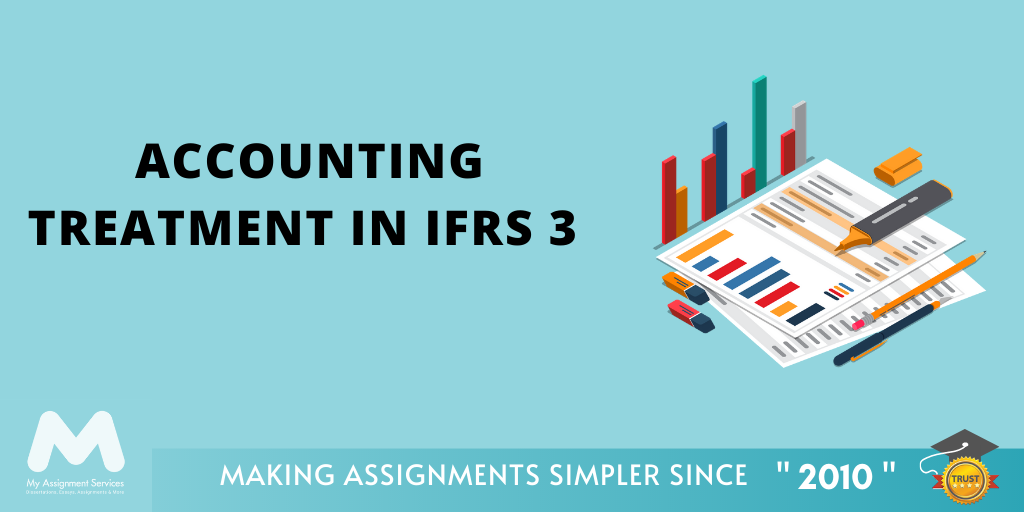
TheIFRS 3 Business Combinations bring to the fore the accounting which is required if an acquirer gains control and management of a business. This usually happens in the case of an acquisition or merger. A revamped variant of IFRS 3 was announced in the year 2008 that could be applied to business combinations.
IFRS is used when two or more businesses combine to form a common commercial entity through which business transactions can be performed. These could be merges, acquisitions or amalgamations. They are nothing but business combinations. IFRS is applied to devise a combined and integrated set of designs and plans that can be controlled and manoeuvred to provide superior services to customers to provide commodities or utilities to buyers, creating investment returns like results or producing other forms of revenue from regular activities.
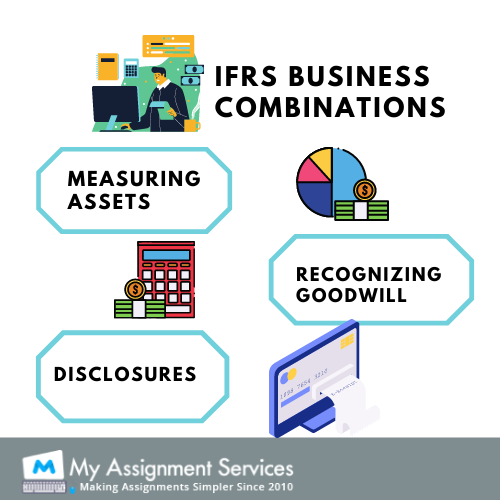
Scope of the IFRS 3
The IFRS 3 should be used at the time of creating detailed finance accounts for organisational alliances but should not apply to:
- The configuration of a collective venture
- The procurement of an asset or collection of assets that do not form a business, although extensive supervision is rendered on the way in which these transactions must be recorded and documented.
- Incorporations of entities or companies under a singular control.
- Acquisition by a finance company of a subsidiary needs to be gauged at a transparent and balanced value.
Ascertaining If the Combination, Amalgamation or Transaction Qualifies as A Combination
IFRS 3 renders added direction to whether a simple business transaction qualifies as valid a business combination. To meet the statutory and regulatory requirements of being a business combination, there are certain essential elements that the combination must meet. The entire amalgamation process must be carried out and accounted for as per the requirements of the business. The guidance also includes within its gambit:
- The transactions of combinations such as mergers, acquisitions and amalgamations can happen in several ways. One of the most straightforward ways is by the transfer of cash, exchanging liabilities, and providing instruments of equity. There are several other combination theories as well.
- Different types of business transactions and amalgamations are also structured through modes to meet the statutory, legal and tax-related goals. The other important objective could be creating a secondary subsidiary out of an existing company. The exchange of net assets between two or more business entities can also be a valid objective for a valid business combination transaction. It is also important that any valid business combination should contain the essential elements of a business combination. This involves the act of acquisition
- Inputs– These are those economic factors that are essentially nothing but specialized economic resources. these include non-current assets as well as intellectual property such as copyrights, patents and trademarks. These may also include other more advanced and complex forms of intellectual properties such as geographical indications. Anything that creates a certain output when employed in a business process can be considered a business input or an economic input.
- Process– A process can be defined as a systematic mechanism, standard, or protocol which is applied to accelerate the total output. Processes can be defined as strategic, operational or procedural.
- Output– the outcome of employing additives and methodologies to achieve the desired outputs.
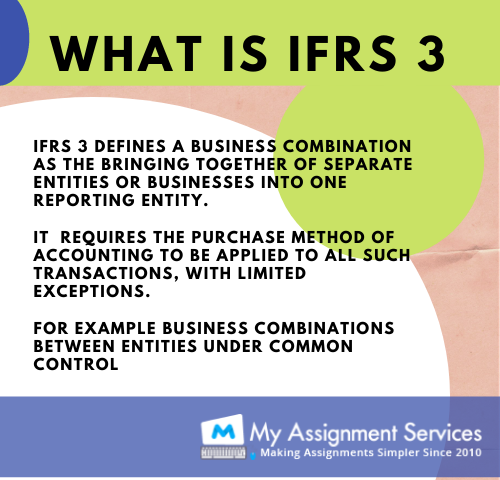
What Is the Most Effective Methodology for Accounting Treatment in IFRS 3
The age-old acquisition method is also known as the purchase method as defined in the IFRS Version, 2004 can be used for all kinds of business combinations.
Here are the most rudimentary procedures involved in the acquisition method:
The acquirer is Determined and identified. The 'acquisition date' is selected after careful evaluation. Identifying and measuring the relatable assets which are created, the liabilities taken in any form as well as any non-managed properties. This is also called a minority interest in the acquirer.
Identifying an Acquirer in Accounting Treatment in IFRS 3
The direction provided in the body of the Financial Statements can be utilized to demarcate the acquiring entity in an organizational transaction, i.e. the business entity which is formed as a result obtains management and supervision of the entity which is being acquired.
If the guidance in IFRS 10 does not manifestly account for the particular business body can be called an acquirer, IFRS 3 also gives supplementary direction which is then deemed as:
- The acquiring party is generally the body that makes arrangements for the paper money or other resources in places the business amalgamation is performed.
- The entity which is responsible for acquiring also often provides equity interests. However, in any transaction, the transacting entity also takes into account important factors and circumstances which also includes:
- Comparative voting obligations and duties in the newfound business entity after the transaction has concluded.
- Minority interest in case no other owner or collective body of owners demonstrates a claim to the entity.
- The structure and anatomy of the supervising entity and the higher controlling body of the collective entity.
- The conditions in which equity changes hands.
- The acquirer is generally that business entity that is characterized by the greatest strength and organizational size. Here the collective volume of the singularly owned assets, revenues and profit is also taken into consideration.
The First Date of Acquisition Process
It is important to give due consideration to all the important elements and the most pertinent facts and circumstances when setting the date of acquiring, i.e. the date on which it attains management of the subsidiary. The take-over date is usually earlier than the closing date.
The IFRS 3 fails on certain accounts. It does not extend a detailed directive on the identification of the acquisition date. The date which is identified should also be reflective of the prevalent factual circumstances. Here are some of the most important elements of the acquisition date:
- The date of officiating a public offer.
This date can also become unconditional when there is a controlling interest.
At certain times, when there is a change in the BOD of the company or the essential structure of the organization.
- The partial or complete assumption of the offer.
- The event in which the acquirer begins directing the acquirer's control and monetization.
What Are the Acquired Assets and Prerogatives?
IFRS 3 also puts forth some important principles regarding the identification and ascertaining of aspects culmination out of multiple business combinations:
- The basic recognition principle. This concerns itself with the identifiable assets which are acquired. This may also include the liabilities which are assumed, as well as the additional non-managed sub-entities in the acquire. These are demarcated and classified differently from goodwill.
- The Measurement principle. In this principle, all the different assets are acquired and the responsibilities are assumed in a valid business combination.
Get Instant Help for Your Accounting Assignments
If you are struggling with your accounting assignment, we can provide you with the required accounting assignment help and guidance needed to put together a high scoring assignment paper. Here are some of the other advantages of getting help from the experts at My Assignment Services:
Thorough accounting assignment help by My Assignment Services: You can rest assured that you will get a thoroughly proofread, ruthlessly edited and value added assignment copy.
Confidential services: When you trust My Assignment Services, you can be sure that your particulars will never be disclosed to anyone. The experts at My Assignment Services are committed to providing you with confidential accounting assignment help suited to your requirements.
To know more about our accounting assignment writing services, simply fill the form and you will be able to chat with our customer service team.
Related Study Materials
Our Experts can answer your Assignment questions instantly.
Ask Question0 Comment
Get It Done! Today
1,212,718Orders
4.9/5Rating
5,063Experts






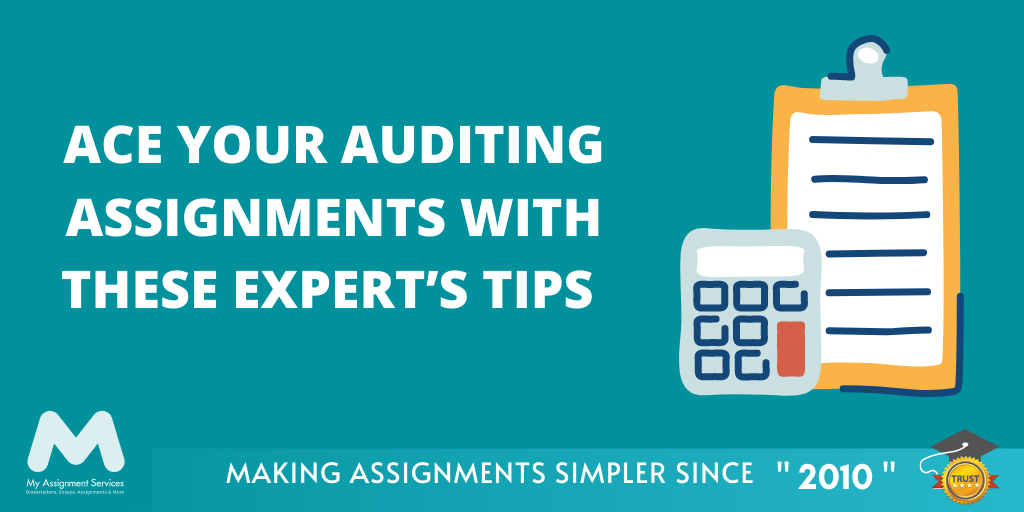
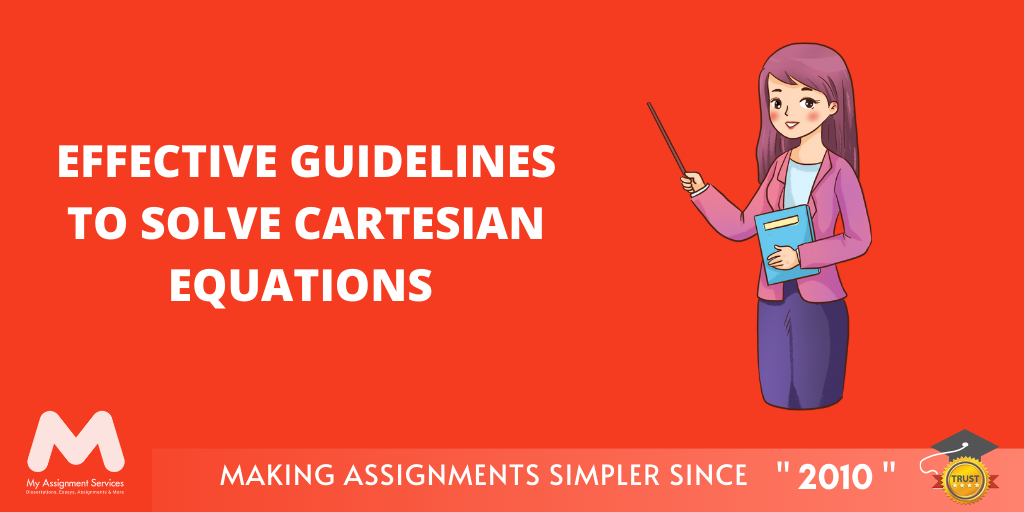





Loved reading this Blog? Share your valuable thoughts in the comment section.
Add comment